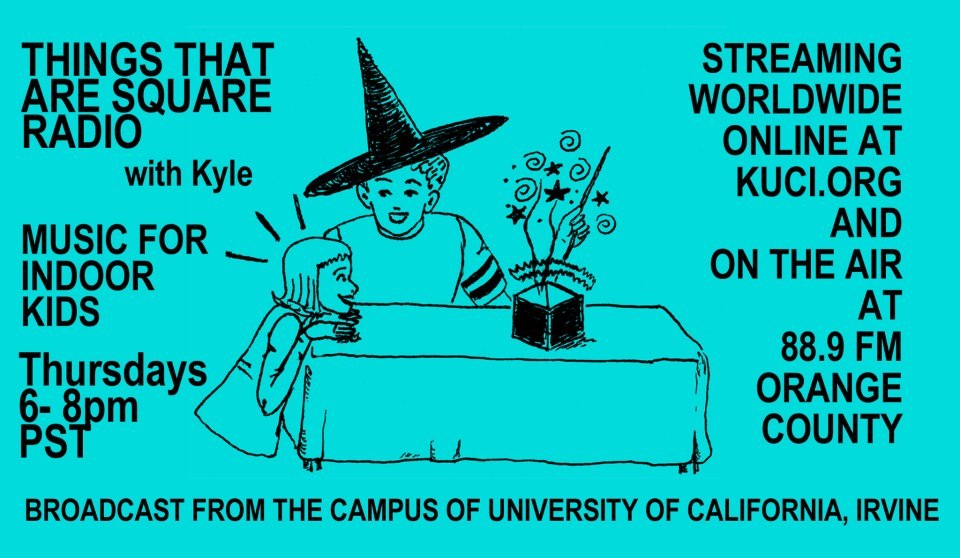Genre Research Project 85/1362: Jazz poetry
Jazz poetry emerged during the 1920s as a form of poetry incorporating the style and the rhythms of Jazz, which simultaneously began to expand amongst the African-American communities of the US. The earliest so-called jazz poets, such as Carl Sandburg, only included jazz in their poetry as a thematic element, predating the first wave of authentic jazz poetry in which authors such as Langston Hughes embraced the musical aspects of jazz, especially its rhythm and repetition. Hughes' first book, The Weary Blues is considered the first collection of genuine jazz poems.
The genre gained great popularity during the Harlem Renaissance, as many poets merged poetry and jazz continuing the trend started by Langston Hughes. This movement was revived during the 1950 by the poets of the beat generation, who in many cases included jazz poetry as part of their characteristic Beat Poetry. This heterogeneous group of poets included Amiri Baraka, Jack Kerouac and Sterling Brown. Some authors, like Lawrence Ferlinghetti, usually collaborated with jazz ensembles, giving rise to the definitive fusion of jazz and poetry. Albums which clearly convey this musical blend include Poetry and Jazz at the Blackhawk by Kenneth Rexroth, who is considered the founding father of the San Francisco Renaissance.
During later decades, a third wave of jazz poetry was spearheaded by Gil Scott-Heron and Jayne Cortez with different approaches. While the former included jazz elements as a mere artistic device used to evoke his Afro-American origins, the latter focused her poetry on the melodic patters and cadences of jazz. Scott-Heron's work preceded the rise of Hip Hop, amongst whose derivative forms is Jazz Rap, which encompasses many formal aspects of poetry jazz, and renders them with modern hip hop production methods. Nevertheless, jazz poetry continued to be cultivated, along with the many other branches of contemporary poetry, during the past few decades by poets like Hayden Carruth and Yusef Komunyakaa.
[Editor's note: This is exactly the kind of hidden treasure I'm hoping to find with this project. This is fantastic.]


0 Comments:
Post a Comment
Subscribe to Post Comments [Atom]
<< Home